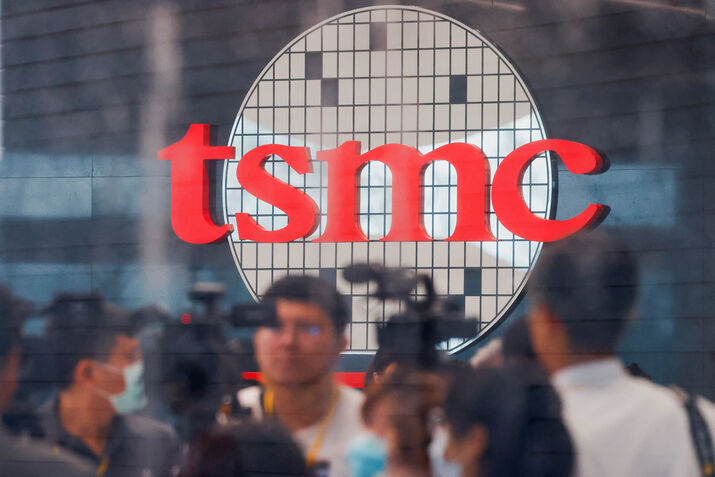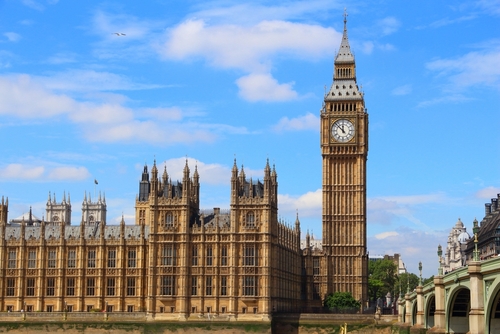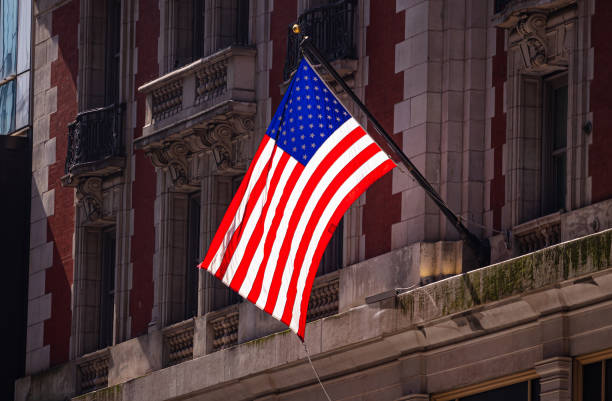USD/JPY hesitates above 152.00 as trade tensions dent US Dollar’s strength

- The US Dollar turns lower and approaches 152.00 amid growing trade uncertainty.
- Higher fees on cargo vessels have reignited the Sino-US trade rift.
- In Japan, the collapse of the ruling coalition leaves the New LDP leader Takaichi without support.
The US Dollar has been unable to confirm above Monday’s top at the 152.35 area on Tuesday and is trading with moderate lows a few pips above 152.00. Trade tensions with China and expectations that the next Japanese PM might need to rethink its pro-stimulus policy have provided a fresh impulse to the JPY.
A moderate risk aversion prevails on Tuesday as news that the US and China are raising fees on each other’s cargo vessels has opened a new front in the Sino-US trade rift, threatening to derail their fragile truce.
US Treasury Secretary Scott Besewent had soothed markets on Monday, announcing a meeting between US President Trump and Xi Jinping at the end of October. The announcement had boosted hopes of a de-escalation of the tensions between the world’s two major economies after Trump threatened 100% tariffs in retaliation for China’s plans to restrict rare earths’ trade.
Earlier on the day, China’s Commerce Ministry affirmed that Beijing wishes to resolve differences with dialogue but also urged the US to correct its mistakes as, he said, their moves affect global supply stability.
Meanwhile, in Japan, the collapse of the ruling coalition is putting the nomination of the new LDP leader, Sanae Takaichi, in doubt. With Japan’s political standstill already priced in, the lack of support for Takaichi’s expensive economic policy has been welcomed by the market, and is providing additional support to the JPY.
US-China Trade War FAQs
Generally speaking, a trade war is an economic conflict between two or more countries due to extreme protectionism on one end. It implies the creation of trade barriers, such as tariffs, which result in counter-barriers, escalating import costs, and hence the cost of living.
An economic conflict between the United States (US) and China began early in 2018, when President Donald Trump set trade barriers on China, claiming unfair commercial practices and intellectual property theft from the Asian giant. China took retaliatory action, imposing tariffs on multiple US goods, such as automobiles and soybeans. Tensions escalated until the two countries signed the US-China Phase One trade deal in January 2020. The agreement required structural reforms and other changes to China’s economic and trade regime and pretended to restore stability and trust between the two nations. However, the Coronavirus pandemic took the focus out of the conflict. Yet, it is worth mentioning that President Joe Biden, who took office after Trump, kept tariffs in place and even added some additional levies.
The return of Donald Trump to the White House as the 47th US President has sparked a fresh wave of tensions between the two countries. During the 2024 election campaign, Trump pledged to impose 60% tariffs on China once he returned to office, which he did on January 20, 2025. With Trump back, the US-China trade war is meant to resume where it was left, with tit-for-tat policies affecting the global economic landscape amid disruptions in global supply chains, resulting in a reduction in spending, particularly investment, and directly feeding into the Consumer Price Index inflation.








